Employee opinions can be your business’s greatest assets. Understanding your team’s needs and experiences allows you to make proactive changes to improve your workplace. This is why an anonymous survey for employees is such a valuable tool for any business.
Employee surveys provide an outlet for employees to share their opinions and bring about change. However, many employees fear the backlash that may come with giving honest feedback, which leads to reduced response rates and inaccurate results.
By creating an anonymous survey for employees, you can dispel these fears and generate feedback that will help you improve your operations. Follow along as we break down the benefits, drawbacks, and types of anonymous surveys, as well as a few key tips on how to build your own.
The pros and cons of anonymous employee surveys
While there are a number of benefits to using an anonymous survey for employees, there are also drawbacks that come with not knowing who provided specific feedback. Understanding when and how to use anonymous employee surveys will depend on what the purpose of your survey is and whether the pros outweigh the cons.
Here are some of the top pros and cons to consider before creating your survey:
Pros
- Anonymity creates feedback opportunities for less vocal employees. Although some of your employees may be ready to speak their mind openly, anonymous surveys offer your more reserved team members the chance to provide valuable feedback.
- Employees may give more honest feedback. Anonymity offers employees the opportunity to carefully consider their responses without worrying about it impacting their well-being.
- Response rates are often higher. Employees are more likely to respond when they know management can’t link their responses to them.
Cons
- Leadership can’t follow up on feedback. When you don’t know the origins of each survey response, it’s more difficult to address and resolve specific issues.
- There’s potential for misinterpretation. Anonymous feedback doesn’t allow managers to respond or request elaboration or clarification, leaving it open to their interpretation — which may not be correct.
- Employees may doubt whether the survey is truly anonymous. If a survey requires employees to provide their email to log in or fill out the survey, they may be concerned about whether their responses are truly anonymous and therefore be afraid of potential backlash.
As long as you understand the positive and negative aspects of using an anonymous survey for employees, you can plan around potential pitfalls to get the most benefits — and receive vital feedback to improve your organization.
Common types of anonymous employee surveys
While there are a number of use cases for anonymous surveys, there are a few key instances where keeping feedback anonymous will make your employees feel more comfortable. Here are a few.
Employee engagement surveys
According to a recent Gallup poll, only 23 percent of employees worldwide consider themselves to be engaged at work. In fact, 18 percent of employees categorize themselves as actively disengaged. Employee engagement is a leading factor in turnover, absenteeism, and other crucial business outcomes.
Anonymous surveys provide the chance for employees to be honest about how they’re feeling, which makes it easier for you to figure out if you’re in trouble when it comes to engagement.
Supervisor surveys
Understanding how your team perceives their supervisors is vital to building a safe work environment. However, it can be difficult for employees to provide direct, honest feedback to supervisors they don’t like.
By offering employees the opportunity to use an anonymous survey, you can gather feedback and adjust your team’s hierarchy accordingly.
Job satisfaction surveys
Even if your employees are working efficiently and producing favorable results, that doesn’t mean they necessarily feel satisfied by their work. Identifying opportunities to provide fulfillment to employees will help you build loyalty, reduce turnover, and improve your overall work environment.
However, telling your boss that you’re not happy at work isn’t easy for every employee. Offering an anonymous outlet for employees to describe their experiences will increase the likelihood of responses and make employees feel heard.
Once you know which survey you plan on creating, it’s important to understand some survey best practices. Even with the right type of survey, you risk alienating your employees if you don’t build the survey with care.
Tips for creating an anonymous survey for employees
While each survey has its own purpose and design, there are a few key points to keep in mind when building yours. Anonymous employee surveys are effective when you design them with your employees’ privacy and needs in mind.
Check out these top tips about how to make your anonymous employee survey more effective:
- Clearly explain that your survey is anonymous.
- Avoid biased or pointed questions.
- Provide an intro to explain the survey’s purpose.
- Don’t ask for personal information or identifiers.
- Make your survey easily accessible.
Using these tips will help you build a survey that will make your employees feel respected and want to provide critical feedback to your organization. With the right online survey maker, you’ll be able to create a survey that fits these criteria with ease.
Steps for creating an anonymous survey with Jotform
Now that you have a better understanding of why anonymous surveys are important, it’s time to build. When it comes to creating anonymous surveys, Jotform makes it easy. Here’s how to get started:
- Go to the Form Builder.
- Add your title and organization logo to your form, if applicable.
- Click on the Add Form Elements button on the left to add form fields.
- Once you’ve designed your form to fit your needs, share it with your employees using the Publish button at the top right. Use an embed code, email, social, or quick link to make it easy for employees to respond.
Want to skip the building process? Use one of more than 70 employee survey templates, all of which you can make anonymous.
To make your Jotform survey anonymous, simply exclude questions that collect personal information. Unlike other survey builders, Jotform doesn’t require complicated settings changes or costly signups to build anonymous surveys.
Anonymous surveys are your greatest tool for learning how to improve your organization. Using these surveys, you can make your employees feel heard, boost productivity, and increase overall engagement.
Photo by Brooke Cagle on Unsplash


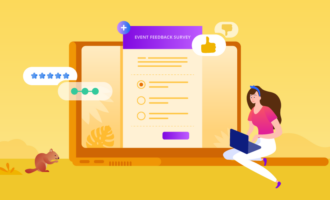








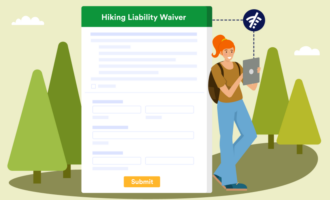












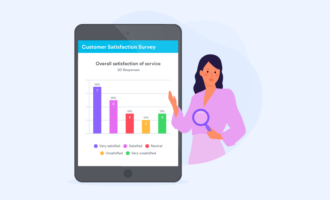



































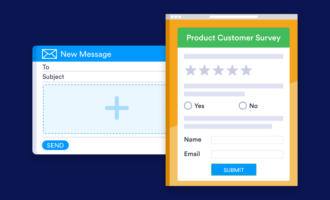





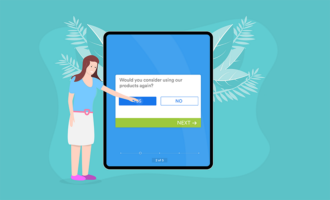
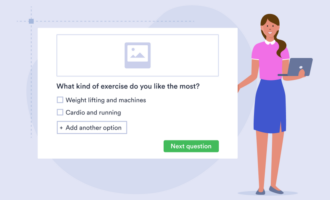









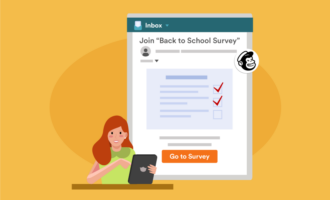


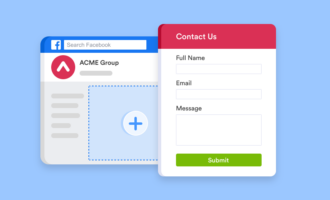

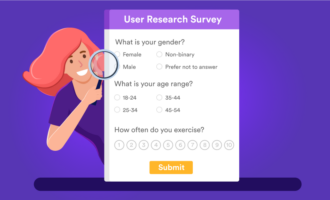



















Send Comment: